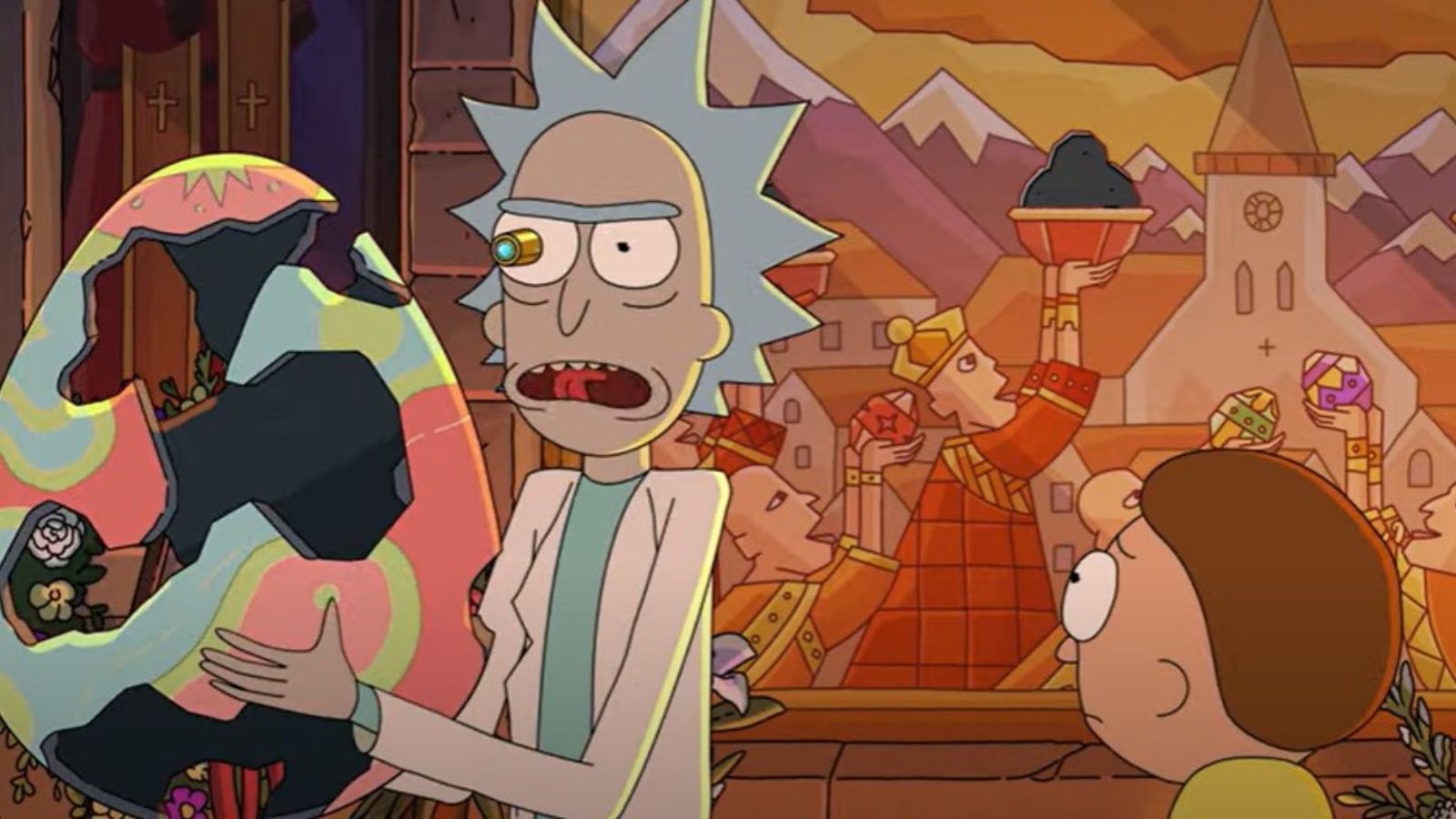
The iPhone 13 Line Will Launch in September Says Market Analyst
- The iPhone 13 is rumored for a launch in the third week of September, a full month earlier than the previous generation.
- Apple expects to sell roughly 20% more iPhones than usual, as the world gradually leaves the pandemic behind.
- The next-gen device is expected to be a promising upgrade over its predecessor, but there’s always something missed in rumors.
If you can’t wait for Apple to launch its next-gen smartphone device, iPhone 13, research analyst firm ‘TrendForce’ has some good news for you, as it estimates the date of the unveiling event to be during the third week of September. This should be roughly a month from today and almost a full month earlier than the time that iPhone 12 was announced. As such, we can call this an early release if Apple really follows the predicted path.
Companies like ‘TrendForce’ have a wide range of data points available for analysis and evaluation, like supplier modes, production line volumes, warehouse activity, market demand, shipment stats, and a lot more, so by combining all that, they can get a pretty accurate picture of what is happening.
Product releases are accompanied by certain signs (or omens if you prefer), and market analysts like TrendForce have learned to identify them. And finally, the company is based in Taiwan, where most of the iPhone component manufacturers are, so they can get “insider info” that is not easily available to westerners.
As for what can be said about the device itself, it is expected to come with a 1TB storage option, camera upgrades, a smaller notch, a high refresh rate screen (120Hz), LiDAR sensors across the entire range, a higher capacity battery for each of the three sizes it’ll come in, and the Apple A15 Bionic chip which is going to be made in a 5nm process but with the “N5 Plus” technology, while also incorporating a more optimized 5G component.
As always, these are all based on rumors, and while most of these get confirmed in the launch, there are always things that Apple managed to keep a secret until the very last moment. And as for how much Apple expects the iPhone 13 to sell, market estimates put the figure to around 90 million shipments, so the production was ordered to ramp up by 20% since last month. Usually, Apple targets sales of around 75 million iPhones. Still, this year, the consumer tech giant expects the roll-out of 5G and the lifting of the pandemic restrictions to create a strong bounce-back in people’s buying habits.





